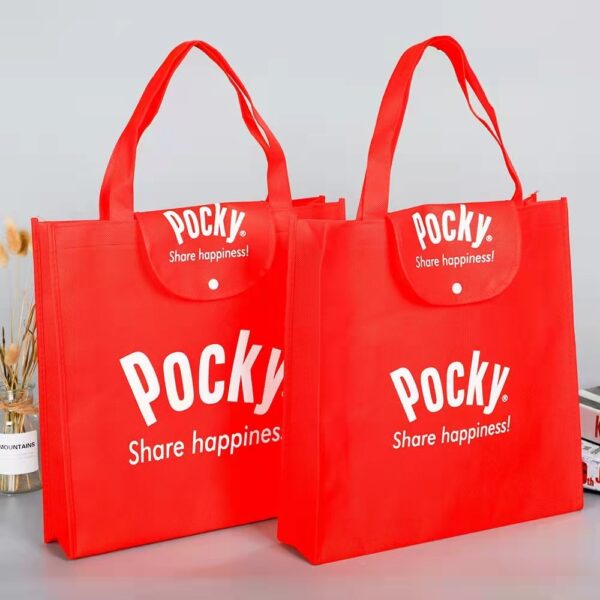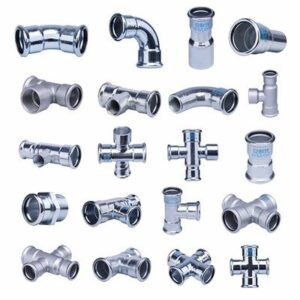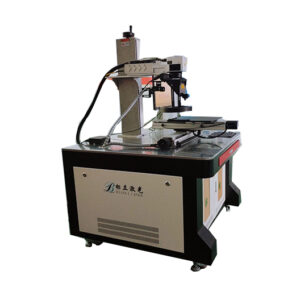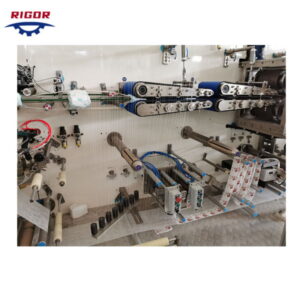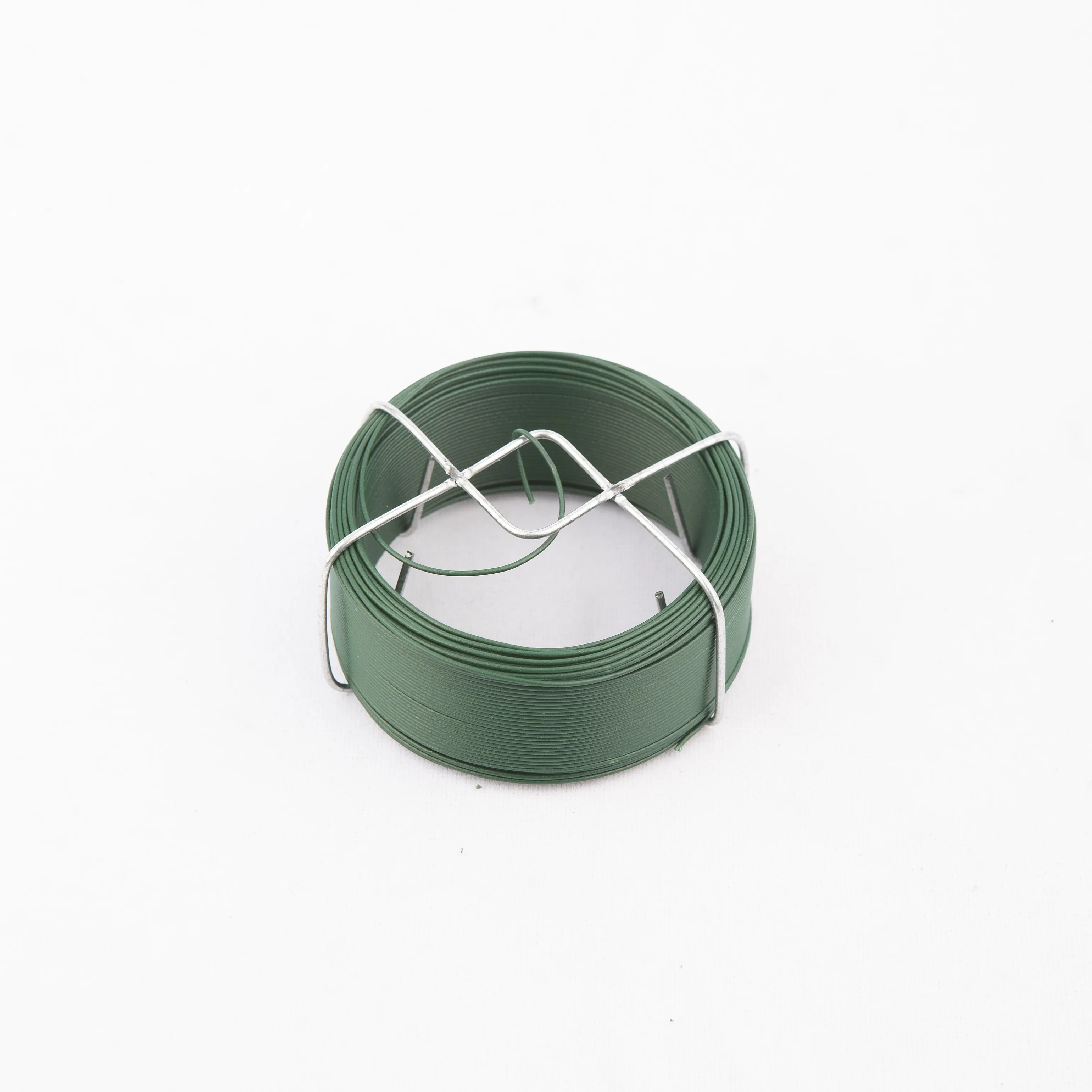Mud pump bearing are designed to support heavy loads and operate under extreme conditions. Over time, these bearings can become worn or damaged, which can cause a range of problems. Here are some common signs to look out for that may indicate that your mud pump bearings need to be replaced:
Unusual noises
If you hear unusual noises, such as grinding or rattling, coming from your mud pump bearings, this could be a sign of wear or damage. This can be caused by the bearings rubbing against other components or by increased stress on the bearings.
Vibration
If you feel excessive vibration when operating your mud pump, this could be a sign of worn or damaged bearings. This can be caused by increased friction on the bearings or other issues with the mud pump components.
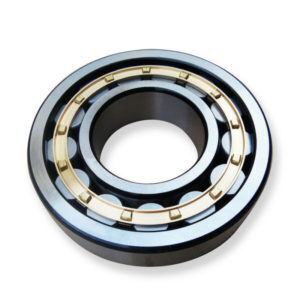
Overheating
If the mud pump bearings become overheated, this could be a sign of wear or damage. Overheating can be caused by increased friction or by other issues with the bearings or the lubrication system.
Reduced performance
If you notice that your mud pump is not performing as well as it should, or if it feels sluggish or less responsive than usual, this could be a sign of worn or damaged bearings. This can be caused by increased friction on the bearings or by other issues with the mud pump components.
Uneven wear
If you notice that the mud pump bearings are wearing unevenly or that there is visible damage to the bearings, this is a clear sign that they need to be replaced.
If you notice any of these signs, it’s important to have your mud pump bearings inspected by a qualified technician. They can help diagnose the problem and recommend the best course of action, which may include replacing the bearings or other components of the mud pump. Regular maintenance and inspection can help prevent wear and damage to your mud pump bearings and ensure that they operate reliably and efficiently over their expected lifespan.

